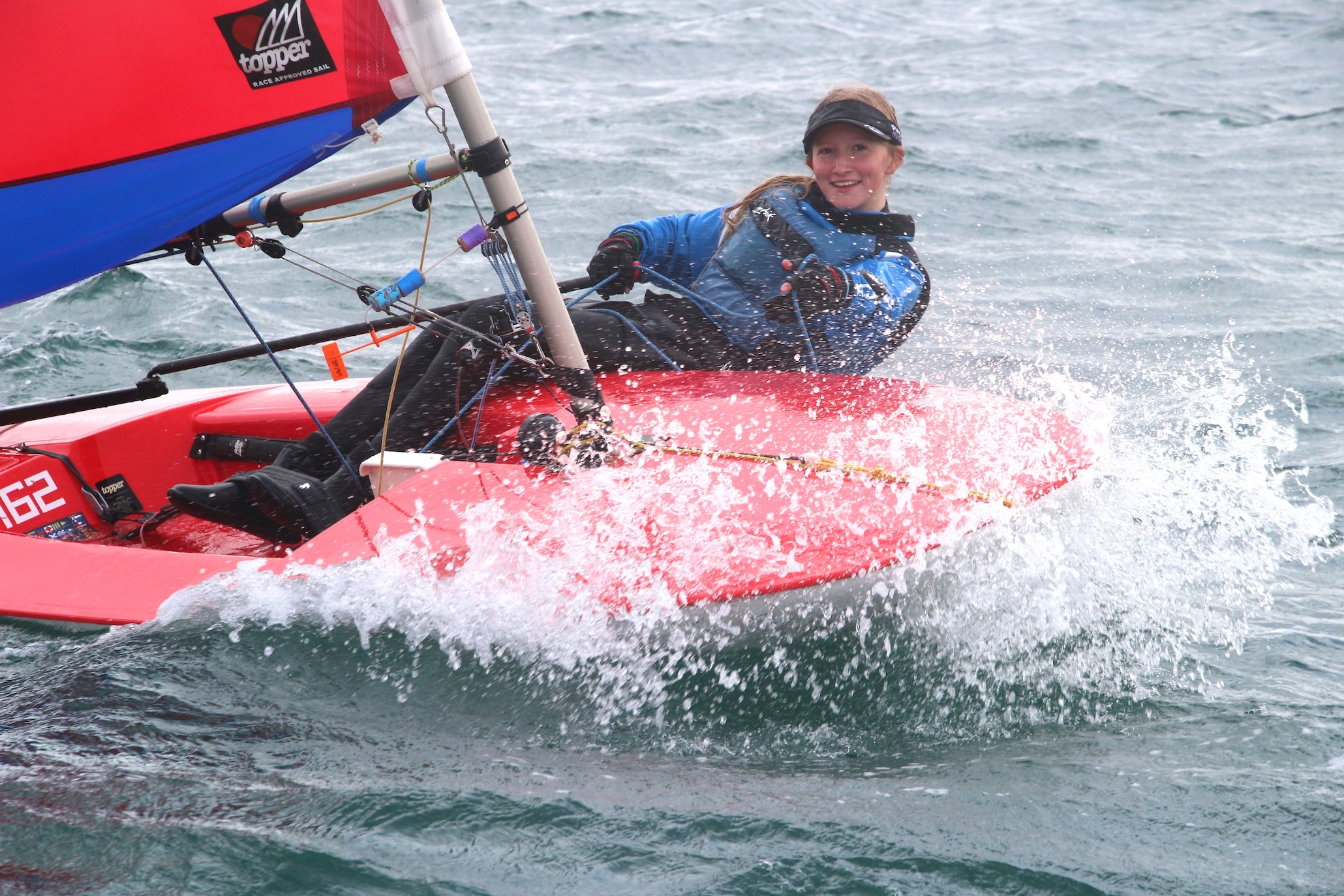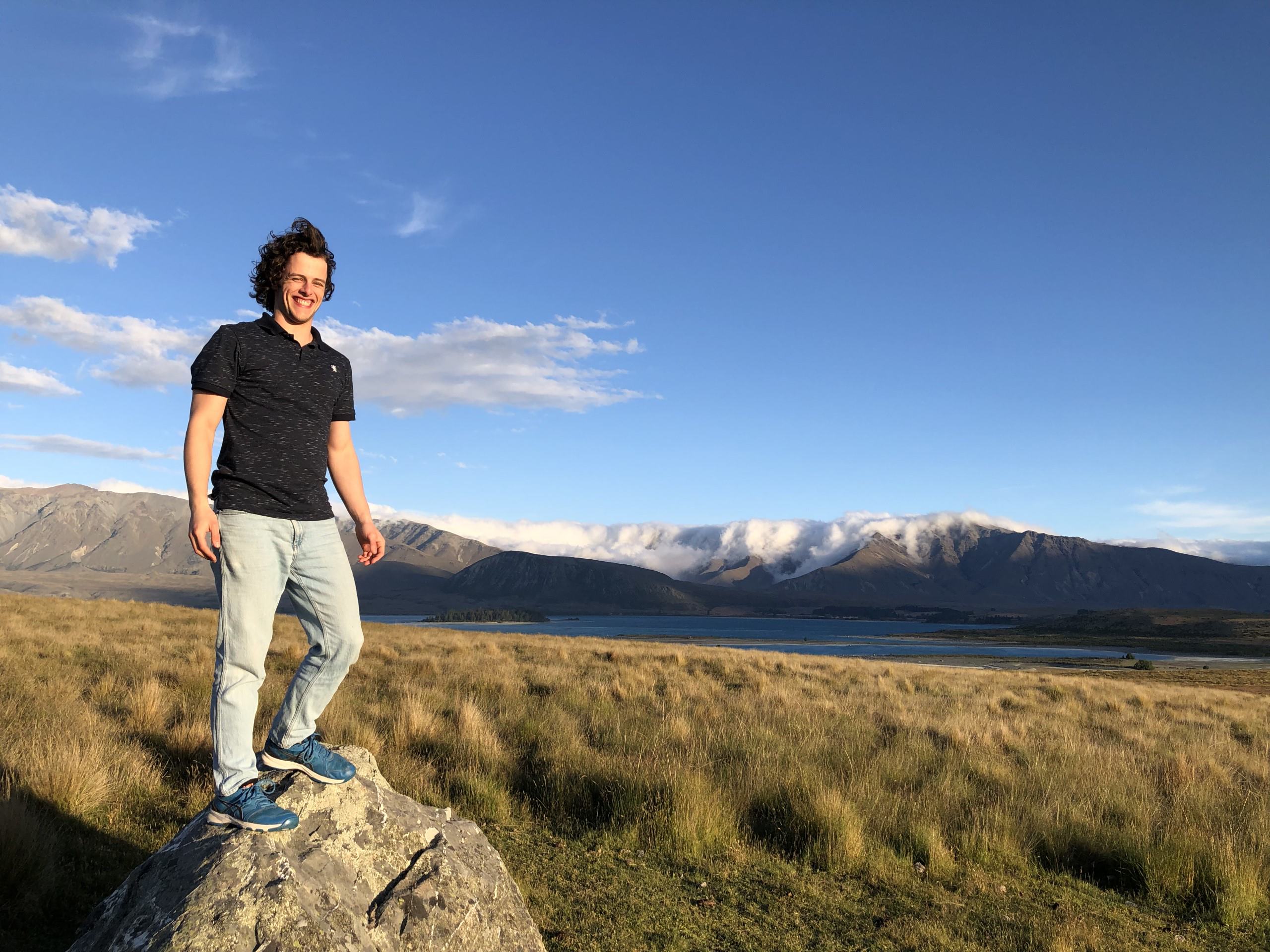World Health Day – Health For All
April 7, 2023Israelle, 6, teaches BSL on Instagram
April 17, 2023Upgrading my 1990s hearing technology with revision surgery

Remy Glock a 35-year-old design director and illustrator from Reno, Nevada, also happens to be profoundly deaf. She uses the Advanced Bionics Naída CI M sound processor paired with a Phonak Naída™ Cl M hearing aid. The technology behind the systems has evolved since she first started using them at age 10, she says, which is why she recently made the decision to upgrade her technology.
Early Journey with Hearing-Assistive Technology
Born with severe hearing loss, Remy Glock received her first hearing aids at just 10 months old. Ten years later, she was fit with her first cochlear implant.
“Being part of a pioneer generation in the late ’90s had its benefits and drawbacks,” she says.
The technology, which is surgically placed beneath the skin, would allow her to hear sounds at a distance and hear more speech in a wider pitch range than her hearing aids could provide. However, after a few years her internal implant became obsolete, without any exterior sound processor upgrade offerings.
She lived with the outdated technology for many years, then in December 2022 – after a year of many conversations with audiologists, peers, family and friends – she decided to undergo revision surgery.
“I knew I was missing out on a lot,” Glock says. “I couldn’t put my finger on what exactly it was, but an audiologist suggested to give a hearing aid another chance.”
Now, 12 years later, Glock is a bi-modal wearer. She says she did not want to waste the natural hearing she had left in her right ear, although it’s classified as profound deafness.
Read more: From a Hearing Aid to A Cochlear Implant
Remy’s CI Surgery Experience
The idea of undergoing surgery felt risky to her at the time, especially as she gained more awareness of the process and what it entailed.
“I took every detail more seriously than when I was a child,” she says. “I worried about my facial nerves, and parting with an internal device that’s been inside of me for 90 percent of my lifetime. [It was like] a weird psychological breakup with a piece of technology that’d been so functional and useful throughout all of my child and teenage years and into the adult it shaped me to be.”
Although Glock was uncertain of the results of the upgrade, she heard good things about revision surgery and decided to go ahead with it. She was also able to work with the same audiologist who assisted her in getting her cochlear implant in 1998.
“My 24-year-old implant was extracted and replaced with the latest model at a higher location,” she explained to her followers in an Instagram post. “It resulted in two sites to heal, soft foods and unwashed hair for over a few weeks to recover.”
View this post on Instagram
Recovering from Cochlear Implant Surgery
After surgery, it took some time for Glock to get acclimated to the noisy world we live in. She had to use a few different listening apps, and she experienced sounds differently than before. For example, on an airplane home after surgery, she was frightened by sounds of the plane’s engine.
“[The] roaring during take-off made my bones chill,” she says. “I felt like my soul left my body for a few seconds!”
For about a month after the operation she experienced some dizzy spells as well as tinnitus.
“It sounded like a heater vent going on in my head after removing sound devices at night,” she says.
She had some swelling, but she didn’t experience much pain, she says.
“Upon waking up after the surgery, the first thing I wanted was a latte and a bagel,” she wrote on Instagram. “Thankfully no nausea occurred. There was a CODA ASL interpreter by my side to help with discharge info as we still live in the age of masks and limited visitors at the hospital. A neck pillow saved me for weeks on the couch!!”
One thing that has helped her tremendously during recovery was taking listening breaks to combat listening fatigue, she says. “I took advantage of seeing my friends and family members to acclimate to different voices and that support system went a long way.”
Read more: Should I get Cochlear Implants? How to make the decision
The Latest Cochlear Implant Technology
One of the most beneficial features of the new cochlear implant and hearing aid technology for Glock was the Bluetooth capability, which would allow her to stream music audio directly into her ears. Previously, she had tried assistive listening headsets for CI users. However, the quality was nowhere near the quality of what she receives today.
“Appearance-wise, it’s not always obvious that I’m listening to playlists from my phone in public settings,” she says. “I might have my attention elsewhere but I don’t look distracted. It is also very easy for me to hear my phone ring to answer FaceTime calls to stay connected. And it’s great to listen to Harry Styles while I’m skiing at Lake Tahoe!”
“It is also very easy for me to hear my phone ring to answer FaceTime calls to stay connected. And it’s great to listen to Harry Styles while I’m skiing at Lake Tahoe!”
Read more: My review of wearing a Naida Link M with a Cochlear implant
She also emphasizes the relief of not having to worry about her batteries dying – or having what she describes as ‘battery anxiety’ anymore. From her previous device she was only getting approximately two hours of wear time per battery with her and sh had to carry a pack of spare batteries with her everywhere she went.
“It was a disruptive way of living to expect my sound access to die so frequently like an off switch,” she says. “Right now, I’m getting a full day of battery life from morning to evening. I think it only has died on me once very late on a longer than average day, so the upgrade is well worth it.”
Using the Phonak Roger On with a Cochlear Implant
The Phonak Roger On is a microphone is another device Glock relies on for her remote work setup.
“Using this tool allows me to identify speech more clearly to take the edge off from struggling to follow feedback,” she says. “I don’t necessarily follow speech without relying on closed captions, but the dual setup allows me to achieve greater sound input in noisy situations.”
Glock says she uses the Roger with a TV dock station, which makes it possible for her to adjust the volume to my preference. The Roger mic is also helpful at restaurants, where the noise and large groups have always been challenging.
“The Roger reduces distracting background noises,” she says. “This helps me capture conversations better and reduces frustration. It’s still not perfect, but a huge improvement.”
Read more: Why Use the Phonak Roger On
Experiences with Music and Sounds
With a passion for music, Glock says that her upgrade has given her positive results and more range in the music department.
“[I] went from 8 electrodes to 16 electrodes so it’s quite a big deal in how my brain is processing,” she says.
She says that music was hard to decipher (singing voices apart from instruments), which lead to her preferring classical music.
“I appreciate all kinds of instrumental sounds and acoustics that I didn’t hear before the upgrade,” she says. “I can’t explain the pitch tones I was missing before. However, I knew I was still missing out a lot. I used to not care much about music because it wasn’t as pure or rich.”
M’s were also a sound that she had difficulty hearing before her surgery.
“I used to struggle to hear my name, ‘Remy’ since it has an ‘m’ sound,” she says. “I’ve since been told that I’m now responding better when my name is called from a distance, so that’s great news there. My surgeon told me the new implant electrode array is thinner than the previous. It was likely inserted a bit further in the cochlea to allow more electrical stimulation of low pitch frequency that I wasn’t getting before.”
Connecting with Others with Hearing Loss

photo: Remy Glock
Glock encourages fellow cochlear implant users and those with hearing aids to share their hearing journey on social platforms and communities such as HearingLikeMe.
“[Hearing loss] is a big part of your life and your experiences,” she says. “I have connected with so many deaf and hard of hearing peers by telling my story. Life becomes a full circle when you support others in similar situations and encourage each other to get through the hard part.”
“Life becomes a full circle when you support others in similar situations and encourage each other to get through the hard part.”
She admits that activating cochlear implants and adjusting to new technology can be overwhelming and discouraging, but she encourages consistent wear to adapt quickly.
“Just remember to treat yourselves at night when silence is golden,” she says.




